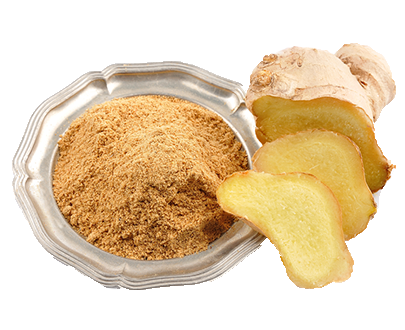- You have no items in your shopping cart
- Subtotal: ₹0
Ginger (or more precisely ginger root) is a rhizome of a flowering plant with the same name – ginger. This root we use as a spice and as medicine since the ancient times.
Ginger first appeared in the southern parts of the ancient China. From there, it spread to India, Maluku Islands (so-called Spice Islands), rest of the Asia and West Africa. Europe saw ginger for the first time in the 1st century when the ancient Romans traded with the India. When the Rome fell, Europe forgot about ginger until Marco Polo brought it again from his travel to the East. In the Middle Ages, a price of a half a kilogram of ginger was the same as of one sheep. In the 15th century, with the rediscovery of the New World, Ginger was brought to the Caribbean where it started to grow with ease. Today, India is the greatest producer of ginger in the world.
Zingiberaceae, the “ginger family,” is a family of flowering plants consisting of aromatic perennial plants with creeping horizontal or tuberous rhizomes. A rhizome is a horizontal stem that is usually found underground, often sending out roots and shoots from its nodes. Some plants have rhizomes that grow above ground or that sit at the soil surface.





